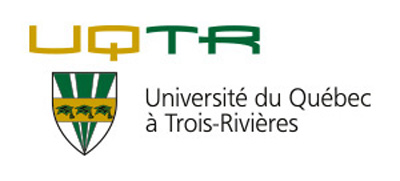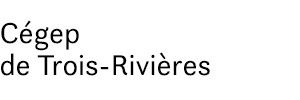Related projects
Discover more projects across a range of sectors and discipline — from AI to cleantech to social innovation.
Mitacs brings innovation to more people in more places across Canada and around the world.
Learn MoreWe work closely with businesses, researchers, and governments to create new pathways to innovation.
Learn MoreNo matter the size of your budget or scope of your research, Mitacs can help you turn ideas into impact.
Learn MoreThe Mitacs Entrepreneur Awards and the Mitacs Awards celebrate inspiring entrepreneurs and innovators who are galvanizing cutting-edge research across Canada.
Learn MoreDiscover the people, the ideas, the projects, and the partnerships that are making news, and creating meaningful impact across the Canadian innovation ecosystem.
Learn MoreTouchscreen technologies are making their way into aircraft flight decks as a means for pilots to view and interact with flight data. However, these touchscreens are often placed at arm’s length from the pilot, and all aircraft can experience turbulence. Even without turbulence, helicopter pilots in particular can be exposed to high levels of vibration caused by rotor movements. These factors may adversely impact touchscreen usability for the flight deck environment. In static conditions, touchscreens have been found to have higher throughput values, a performance measure that combines speed and accuracy (based on Fitts’s Law), compared to other pointing devices that are practical for the cockpit environment. This study provides throughput and error rate values under helicopter vibration conditions, to inform whether these devices still provide adequate performance under these conditions. In addition, a hand support method recommended by the standard SAE ARP60494 was tested, to indicate whether it improves usability under vibration. 24 participants performed a multidirectional selection task, as defined in the standard ISO 9241, using four different target sizes and three different distances between targets. Independent variables were: target size, distance between targets, vibration/no-vibration, hand support/freehand, type of screen, and position of screen. Two of the screens tested were avionic touchscreen prototypes, while the other two were consumer touchscreens. The touchscreens were placed in one of two positions: one representative of the Primary Flight Display (PFD, which is located on the main instrument panel), and the other representative of a Multi-Function Control and Display Unit (MCDU, which is located on the pedestal). This study provides values that quantify the impact of vibration on target-selection performance and error rate, when using a touchscreen. This will help flight deck designers decide whether touchscreens are an appropriate technology for their intended use. It also quantifies the impact of target size, which can be used to develop guidelines for minimum touchscreen target sizes for the flight deck environment. Lastly, it helps inform about the utility of using a simple hand support under vibration.
Philippe Doyon-Poulin
Adam Schachner
CMC Electronics Inc.
Engineering - other
Manufacturing
Polytechnique Montréal
Accelerate
Discover more projects across a range of sectors and discipline — from AI to cleantech to social innovation.
Find the perfect opportunity to put your academic skills and knowledge into practice!
Find ProjectsThe strong support from governments across Canada, international partners, universities, colleges, companies, and community organizations has enabled Mitacs to focus on the core idea that talent and partnerships power innovation — and innovation creates a better future.













































































































































































































































































































